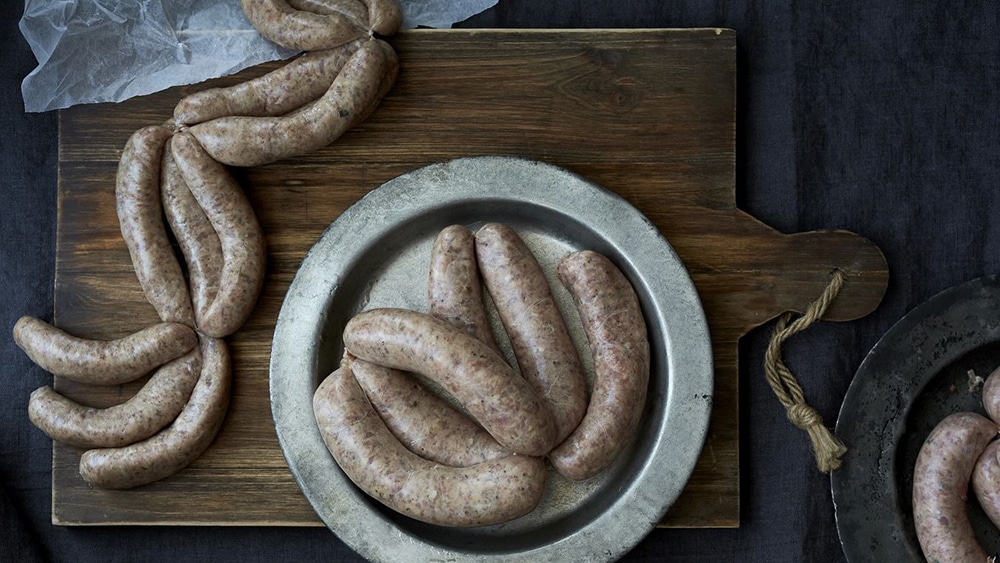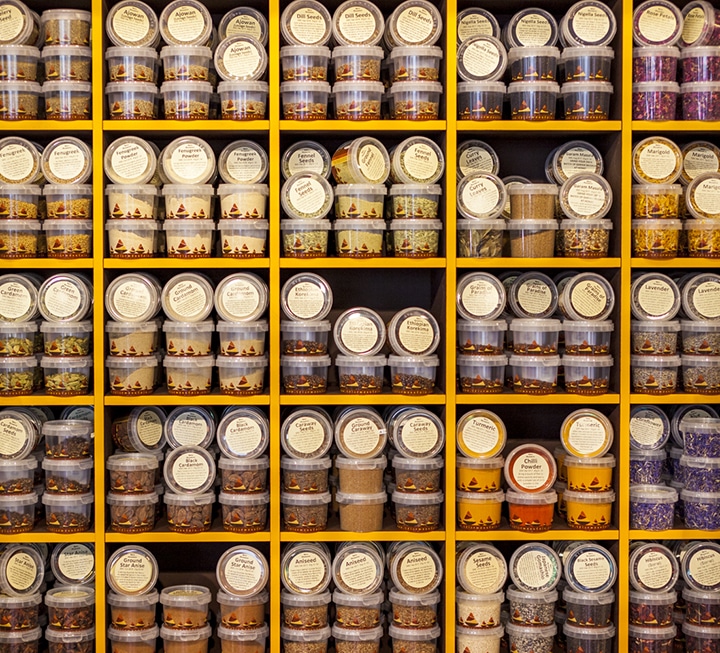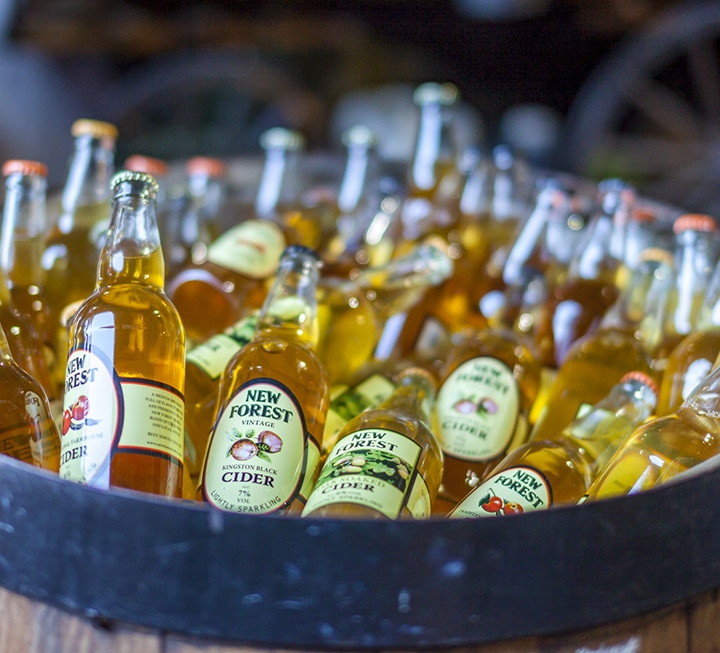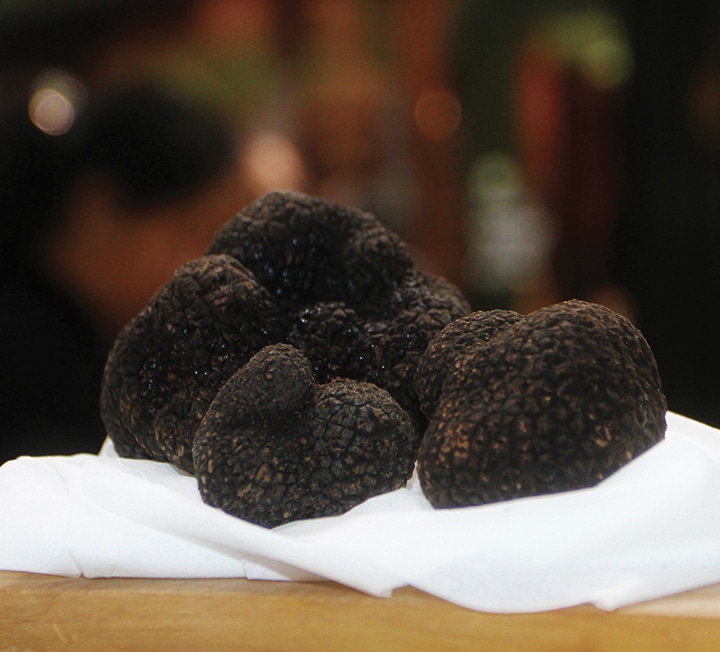What it takes: sausage making
Tim Wilson of Ginger Pig on the art of creating classic British sausages


“IF YOU GIVE THE FINEST PORK IN THE WORLD TO SOMEONE NOT IN LOVE WITH MAKING SAUSAGES, IT WON’T WORK”
Interview: Viel Richardson
Where did you discover a love of making sausages?
When I was a child, I was given The Complete Book of Self-Sufficiency by John Seymour, and in there was a basic recipe for pork sausages. That was the first recipe I knew. From then on, something about the idea of making sausages appealed. It’s the simplicity, I think. English sausages are just pork, pork fat, herbs if you want them, and some form of breadcrumb. You need bread to absorb the fat and retain the flavours – if you just put pork into a skin, as soon as you cooked it all, the fat would run out. With the breadcrumbs, you have to get the best quality you can, as is true of every element if you want a great sausage.
How many different types of sausage do you make?
At any one time, I would say we have about 20 sausages available at Ginger Pig. Personally, I would sell around 12, but if you have people who love making sausages, they are not happy to keep making the same recipes all the time. My sausage makers keep dreaming up new ideas. Some can be very strange ideas, like: “It’s Wimbledon, why don’t we make a strawberry based sausage?” I generally let them experiment, and accept that out of every five recipes one will be a blazing success and two will be unmitigated disasters.
What is the key to making good sausages?
You need the right people. I have a guy in there at the moment called Josie who just loves making sausages. Not just the mechanics of it, but thinking of the recipes, trying new things. If you give the finest pork in the world, the best breadcrumbs and wonderful herbs to someone not in love with making sausages, it won’t work. Likewise, you can’t give someone who loves making sausages bad ingredients, because that won’t work either.
What is the starting point?
High quality, fresh meat. Pork arriving on Tuesday should be used up and sold by Saturday. It should arrive with the bone in and be prepared by the butcher. It is important that all the meat you are going to use is there – you don’t want to mix fresh pork with meat from an older delivery. You cut it into strips and remove the skin, leaving the fat, because good sausages need that fat.
How do you create the flavourings?
This is often the trickiest part of the whole process, because you need consistency. For example, sage in April is very different from sage in December; fresh herbs are very different from dried herbs. After coming up with a recipe, the real skill lies in scaling the recipe up. It is not simply a case of using more of everything, because ingredients behave differently in large volumes, so the proportions may have to change to get the same flavour profile. It takes experience and skill to get it right.
How do you go about combining it all?
My way of making sausages is dropping the unseasoned meat through a mincer to get a nice coarse texture. Then you mix in the herb blends, add the breadcrumbs, then run it through the mincer again on a lighter setting. This combines everything thoroughly without the texture becoming too fine.
What happens next?
The sausage meat is now ready for the casings. I tend to use English hog skins and for small sausages like chipolatas, I use lambs’ intestines.
Does the amount of filling you pack into a sausage matter?
It definitely does. I want a sausage that is well packed. You have to get this just right, though, because if you overstuff the skins they burst when you are making the links. A well-packed sausage cooks more evenly, looks much more appetising and tastes better. Personally, I have no issue with sausages bursting while cooking.
What is the best recipe you’ve come up with?
A few years ago I created what I called the ‘winter sausage’: belly of pork, bread rusk, garlic, juniper berries and grated orange rind. It is lovely with mash on a winter’s day. I still do make them, but only very occasionally and only in winter – this is definitely not a summer sausage.


